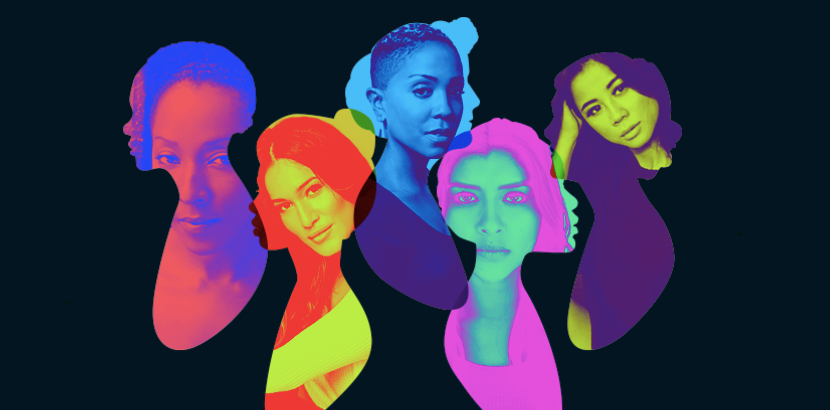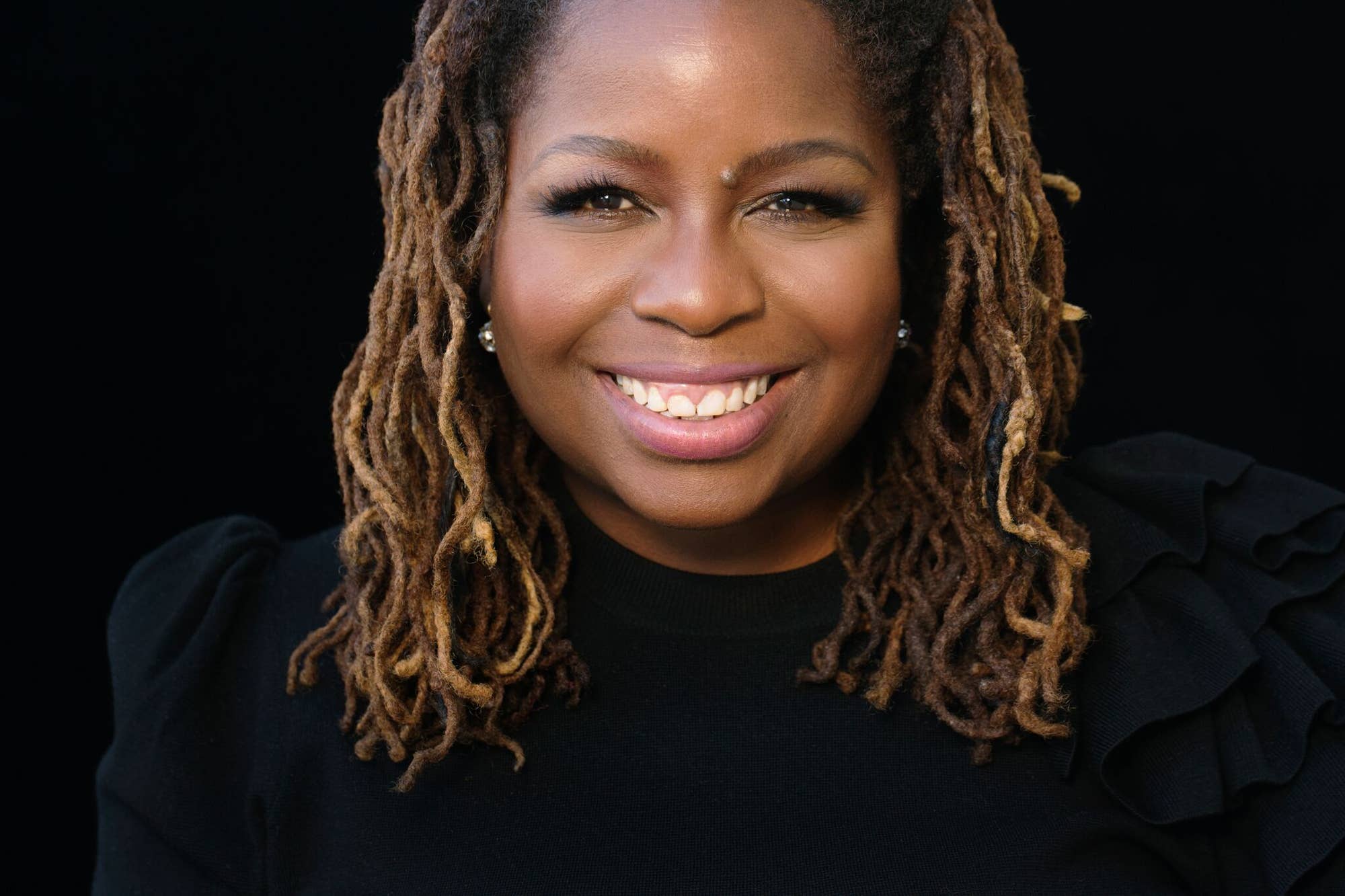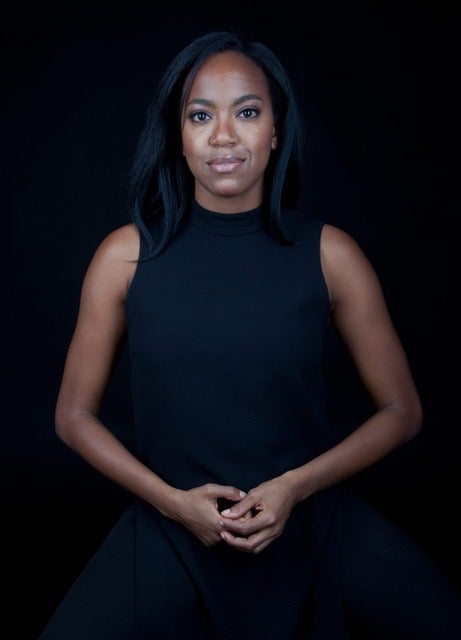
Reflection on the fight for women’s right to vote often conjures the names and images of very specific women: White women. This is no surprise, as many educators, historians and authors tend to focus on the narrative of the Seneca Falls convention, where a group of White women gathered and (supposedly) ignited a women’s movement for suffrage and equal rights.
Actually, Maria W. Stewart, a Black woman, gave one of the first public speeches about women’s rights almost 20 years prior. Like Stewart, women of color across the nation were speaking out and organizing movements—not only for gender equity, but racial equity as well. Yet the prominent names at the Seneca Falls convention—of White women like Susan B. Anthony, Elizabeth Cady Stanton and Alice Paul—continue to be uplifted nearly two centuries later as the suffragists who started a revolution.
Now, on the 100th anniversary of the 19th Amendment, which gave women the right to vote, The New York Times is challenging the historically lopsided narratives surrounding the suffrage movement with a new book, Finish the Fight!: The Brave and Revolutionary Women Who Fought for the Right to Vote. Written by Veronica Chambers and five other Times journalists, “the book explores diverse women who fought for suffrage, but have been less recognized for their work.”

“The Times also asked playwright Ming Peiffer and director Whitney White to adapt some of the book’s biographies into a new form of theatrical storytelling, with invented scenes and imagined conversations among five women, Mary McLeod Bethune, Frances Ellen Watkins Harper, Zitkála-Šá, Mabel Ping-Hua Lee and Jovita Idár. The events of their lives, and their accomplishments, are real.”
ESSENCE caught up with author and editor Veronica Chambers—as well as award-winning director, actor and musician Whitney White—to chat about giving voice to the unsung heroes of the suffrage movement on this monumental centennial.
—
When White first read Chambers’s book, she wept.
“I wept after I read it because there are so many women in there that we don’t learn about. Black women, Asian women, Latinx women, Native American women. I was like, this is a huge tragedy to me that I have made it through school after school, and I don’t know these women’s [stories]. Had I seen images of these women when I was a younger girl, how much that would have informed me, my self-esteem and my understanding as myself. The problem with learning only about Alice Paul and Susan B. Anthony is that you as a Black woman, you don’t see yourself reflected in that history,” White tells ESSENCE.

The book intentionally focused on the women and their stories. Chambers says, “I feel like the history I grew up in, it was really told through the lens of what happened to people of color as opposed to what we actually did in the world.” So it was critical for Veronica to exemplify and magnify the power and prowess of women of color at varying intersections of race, class, gender and sexuality—rather than centering the people who stood in their way.
To White, intentionality in casting was just as important as bringing together playwrights, novelists and directors who identify as women of color: “I wanted to make sure that the women were representative of what we were speaking to, so it’s not like anyone is faking it. I was very interested in actors of color who were connected to activism and their own political heartbeat…. I wanted not just actresses that connected to the affinity group, but actresses who were interested in women’s rights.”
—
Of course, like nearly everything this year, Finish the Fight was impacted by COVID-19.
“So every day felt kind of like a science lab because we’re trying to keep performative art alive,” White says. “We had to make a new way of doing it. We had to source gear to ship to the actors. We had to find a way to work remotely. We had to find the right kind of phone and camera so that we could have a zoom session, but also so I could watch the taping through the camera. So it was this highly collaborative project that was completely digital, which was a first for me. I’m a theater person, but now I’ve kind of directed my first film in a way. It was amazing how we pulled this together.”
Originally, they were looking at theaters to stage the play, such as The Town Hall in New York City, which was started by suffragists. Though the team is especially excited about how a digital play will transform accessibility to theatrical productions.
As White expresses, “the reality is, had we not been in a pandemic, we would have done this in this town hall, 300 people would have seen it, and that’s it. While that’s a powerful aspect of theater, that it’s ephemeral and in person, it’s not accessible to the large public. So because of the moment we’re in, we’re sharing this thing for free…. In my business, if you want to go to see a Broadway show, you have to shell out hundreds and hundreds of dollars. And that just excludes so many Americans.”
—
As for the moment we are in, and the significance of this play debuting on the 100th anniversary of the 19th Amendment, just months before we vote in one of the most important American elections of all time, Chambers delivers a poignant remark:
“I think we just have to keep remembering that our vote is so powerful. That’s why they tried to keep it from us, and that’s why they’re still trying to keep it from us. I think it’s really, really easy to forget…. But this is the year to remember. If there was ever a time to think, what can you do? Look at the people on the ballot and know that your voice is the choice.”
The play, which debuts Tuesday, August 18, stars Harriett D. Foy as Mary McLeod Bethune, Zora Howard as Frances Ellen Watkins Harper, Q’orianka Kilcher as Zitkála-Šá, Leah Lewis as Mabel Ping-Hua Lee, and Chelsea Rendon as Jovita Idár. The event is free for all to attend. You can watch it virtually by RSVPing here.
